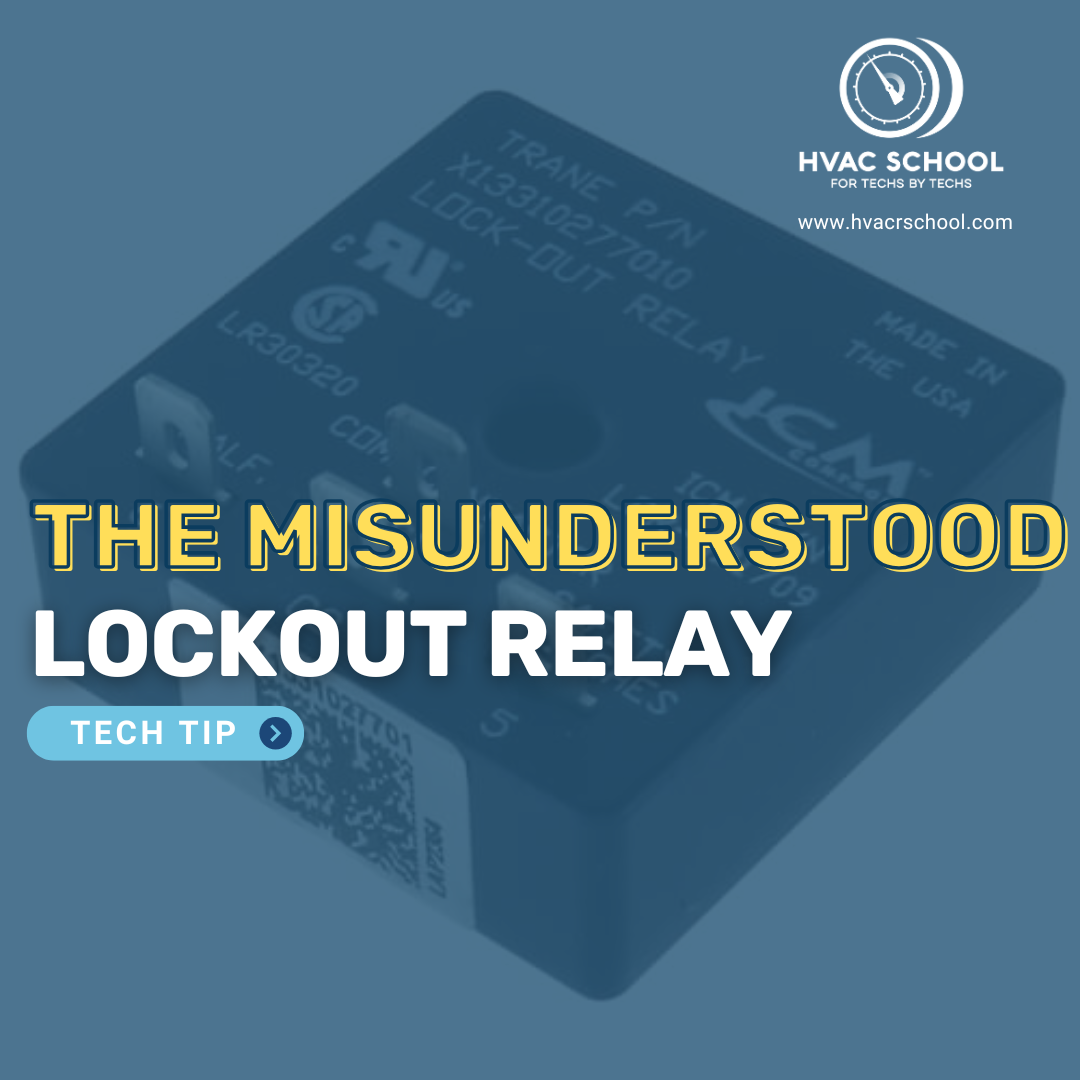Get Tech Tips
Subscribe to free tech tips.
Market Refrigeration TXV Adjustment

This quick article was written by market refrigeration tech Clayton Peeples. Thanks, Clayton!
Adjusting the TXV should be done last after checking all other causes of the case being warm or floodback on the rack. TXVs very rarely go bad; generally, it's a dirty screen or a failed powerhead, both of which can be addressed without replacing the valve.
Before adjusting the TXV to raise the superheat, you need to ensure that the screen is clean by pumping the system down and checking the screen.
After the screen is clean and you have ensured that there is no ice in the case, then you can start by checking the superheat with your digital gauges or probes.
If the superheat is at zero, it is best to start over using the following method to prevent floodback:
Danfoss – Turn all the way in clockwise. Then, go out 5 ¾ turns counterclockwise. Let it set and equalize, and then check after 15 mins.
Sporlan – Turn all the way in clockwise, and then go out 4 ½ turns counterclockwise. Let it set and equalize, and then check after 15 mins.
The goal is a 6-12-degree superheat. When adjusting, make minor adjustments, and then let it sit and wait for adjustments to show.
—Clayton









Comments
To leave a comment, you need to log in.
Log In